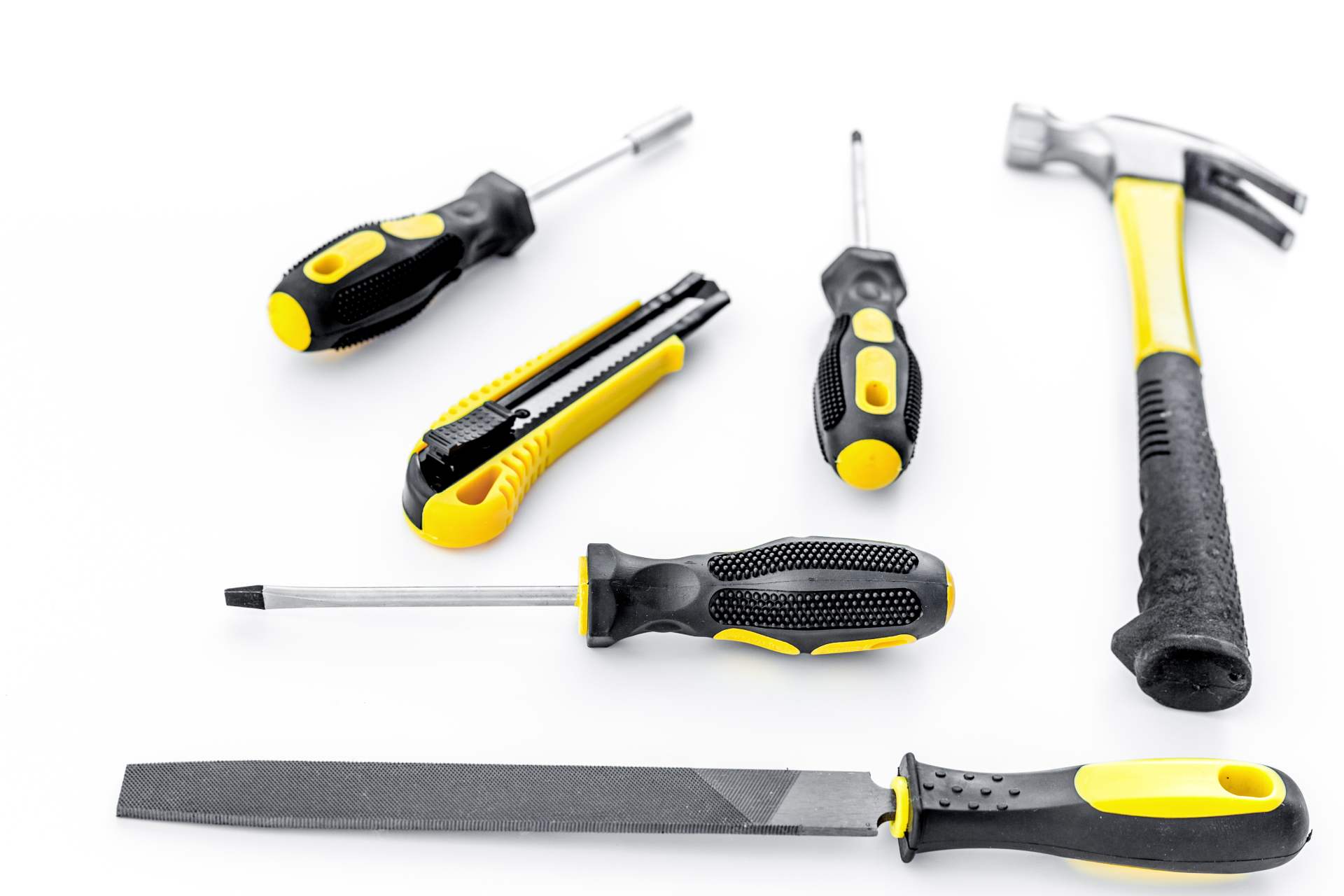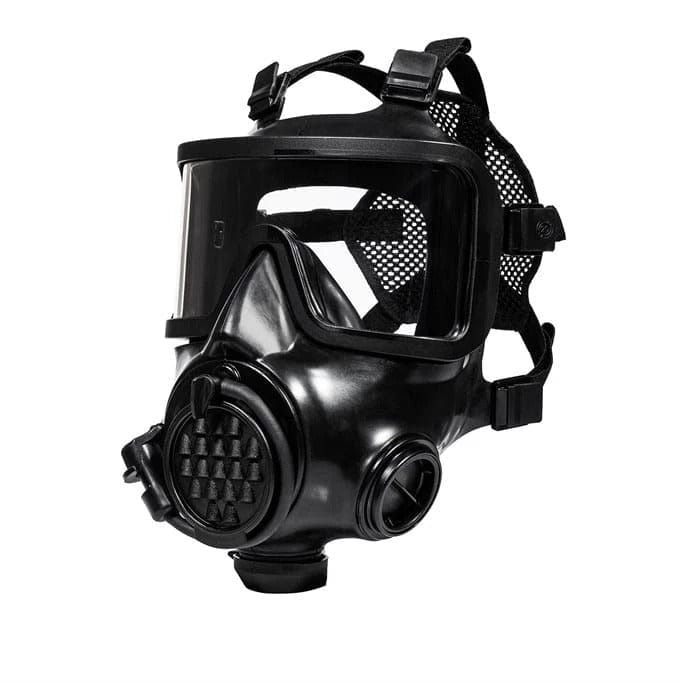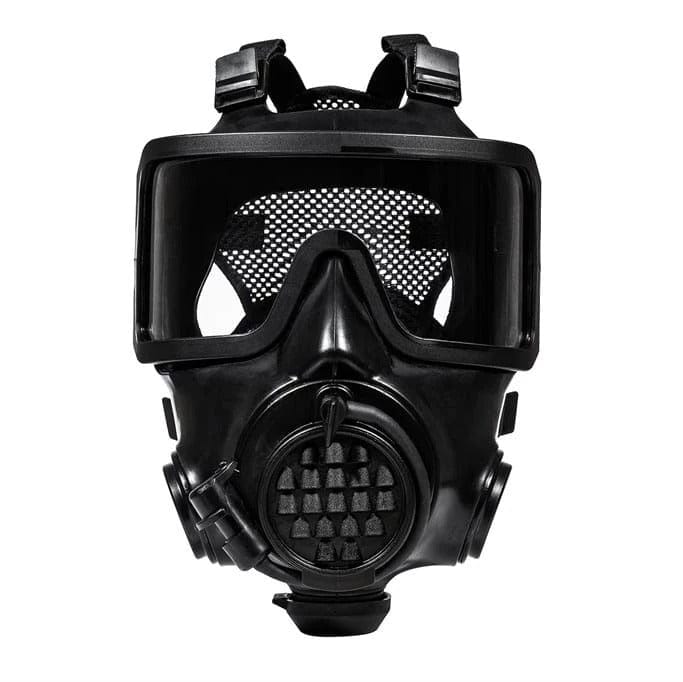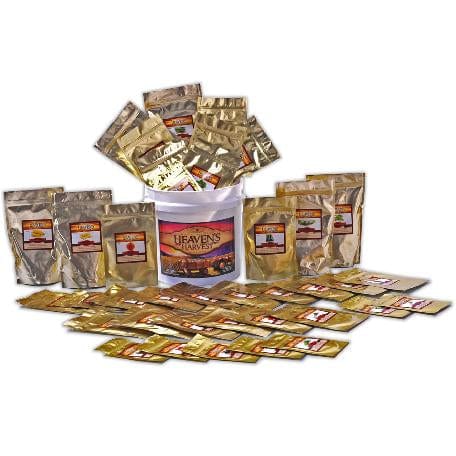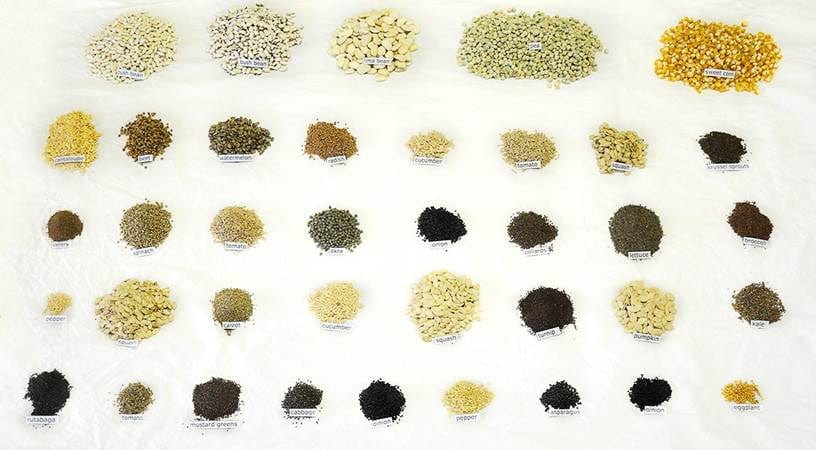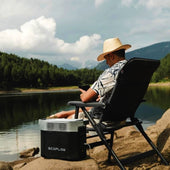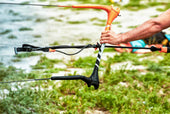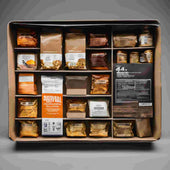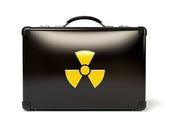Non-powered or hand tools are devices powered manually by hands and not motors. These are essential tools that every modern home has today.
These hand tools have been used for thousands of years. During the Stone Age, our ancestors used stones to cut and break objects.
Meanwhile, during the Bronze Age, the people cast copper and tin alloys for their tools since they discovered that these materials were sharper than stones.
As the years passed, copper, tin, and bronze were replaced by iron during the Iron Age. They have found out that iron is durable and stronger than bronze.
The Romans were the first to develop tools made from these materials, similar to today's tools.
In addition, the Industrial Revolution paved the way for manufacturing such devices in factories.
According to the American Industrial Hygiene Association, these hand tools are categorized into wrenches, cutters, pliers, hammers, screwdrivers, special tools, clamps, vice grips, saws, knives, and snips.
Non-powered tools are essential, especially during emergencies.
Check out some of those non-powered tools below:
Non-powered tools for emergencies
Axe/ Ax

An axe or ax is a hand tool used to cut, split, and shape wood or other materials.
It consists of a head and a handle. It acts as an inclined plane and a wedge, reducing the effort the user needs.
Meanwhile, the ax's handle increases the force produced at the tool's cutting edge.
During the Stone Age, an axe was made of stone without a handle.
Our forefathers shaped and sharpened the wood to make an ax, then developed it to include a wood handle.
After that, people made bronze, iron, steel, and copper axes because these materials were stronger and sharper.
An axe is a handy tool you can carry on every outdoor activity. It can help you chop wood and create a fire. It can help clear the road during storms and do other creative activities.
Here are some of the types of axes that you must have:
- Hatchets- A type of axe with a sharp blade on one side and a hammer on the other.
- Forest Ax- This type of tool is sharper and has a thinner blade.
- Splitting Maul- This axe will deliver a forceful strike in the wood without sticking it in the log. This tool has a comprehensive butt in comparison with other types of an axe.
A great axe must have a strong grip to help you survive emergencies.
In addition, it must be sharp, balanced, and, most importantly, durable, lasting for many years.
Bolt cutters
Bolt cutters or croppers are used for cutting padlocks, chains, wire mesh, and bolts.
This tool has a short blade, long handles, and hinges to maximize the leverage and cutting force. This tool is available in different types: angle cut, shear cut, center cut, and clipper cut.
The length of the bolt cutter is measured from the tip of the jaw to the handle. It is usually available in 12, 14, 18, 36, and 42 inches.
These are some of the bolt-cutters that can be used during emergencies:
- Center-cut bolt cutters are tools with blades that are central to each other.
- An angle cut is a bolt cutter with an angled head for straightforward insertion. This type of tool usually has an angle of 25 to 35 degrees.
- The shear cut is just like scissors with blades that are inverted to each other.
- A clipper cut is a tool with blades flushed against one face. It is used to cut flat surfaces.
- Bolt cutters with fiberglass handles can cut live electrical wires, especially during disasters. They are lightweight compared to solid pipe or drop-forged handles.
Can opener
A can opener is a tool for opening a tin or metal can. This is helpful, especially during emergencies, as tin cans store food for many months.
The first can openers were patented in 1855 in Europe and 1858 in the United States.
The first design was similar to the knife. In 1870, can openers included a rotating wheel.
However, in 1925, a serrated wheel was added to the original design to make it easy to use. This model is the most popular one, similar to what we have nowadays.
In 1931, electric can openers were introduced in the market. However, it didn't succeed.
In 1980, several companies added new features to can openers, making them essential products for modern homes.
A can opener comprises three simple machines: the wedge, the axle, and the lever. The first step is to attach the two arms or levers to the can.
Then, squeeze it together and turn the handle, wheel, and axle. When the wheel is turned, it will pierce the can's seal.
Hammer
A hammer is a tool that can deliver a blow to an object.
In addition, hammers are used to forge metal, break objects into pieces, or drive nails into wood or any surface.
Depending on the purpose, they are now available in various sizes, structures, and shapes.
Hammers are usually composed of a head made of steel and a handle made of wood and other materials.
Simple hammers can be traced back to around 3,300 BCE during the Paleolithic Stone Age.
Our forefathers made it from wood, bone, and stones to break apart objects.
Researchers believe hammers are one of the oldest tools that early people have created.
Hand Drills
A hand drill is a driving and cutting tool to make holes or fasten various materials.
It is a manual tool commonly used in woodworking, construction, metalworking, and other projects at home.
There are different hand drills: large hand drills with a geared-crank wheel and small hand drills or brace drills. It is usually composed of a wooden handle, wheel, chuck, and drill.
Brace drills are inexpensive compared to large hand drills. Large and small hand drill designs allow the user to place much body weight on the shaft while drilling.
However, the cost of the geared version (larger drill) increases as it increases.
Knife

A knife is a hand tool with a sharp blade and a handle.
Because of their edges, knives can cut objects. They can also be used as utensils, sports equipment, combat weapons, agricultural tools, and various other purposes.
This tool was first used by our ancestors about 2 million years ago.
The name knife was from the old Norse word 'knife, which means blade.
The ancient people used rocks, bones, and flints to create knives.
After that, knives were made from copper, iron, bronze, ceramics, titanium, and steel.
Due to the importance of knives in our culture, some communities have attached spiritual and religious stories to knives.
The modern design of knives is either folding or fixed-blade. It also includes patterns and different styles to signify the product's makers or countries of origin.
Pliers
Pliers are hand tools that can hold objects firmly. It can also bend and compress various materials.
This is especially important during natural disasters. It can save you whenever you're trapped in a dangerous situation.
It consists of two metals joined as a lever by a fulcrum.
This design allows the user's hand to grip the tool and focus precisely on the object firmly.
Pliers are similar to tongs and pincers, although pliers have different heads used for pulling and cutting.
Nowadays, pliers are available in different designs and sizes for various purposes.
Pocket tool
Pocket or multi-tool is a range of portable hand tools combined in a single unit.
Some multi-tools nowadays are credit card-sized, designed to carry together wallets or attach to a key ring.
The idea of incorporating several tools into a tiny unit originated thousands of years ago in Middle Roman times.
Nowadays, people love having pocket tools with them, such as knives, can openers, and bottle openers. These tools can be attached to pants and used to survive calamities.
Pry bar
A Prybar is a tool consisting of a metal bar, a single curved end, flat points, and a small fissure.
This tool is used as a lever to remove nails or move apart two objects joined together. This is helpful in wooden crates or boards.
Pry bars or crowbars are also used in mining because they can help remove and break the rock. This type of tool is usually made of carbon steel and sometimes titanium.
These materials are light and non-magnetic, unlike other materials.
Furthermore, most inexpensive pry bars are forged in hexagonal or cylindrical shapes. Meanwhile, expensive designs are forged with an I-shaped shaft with a cross-section.
Saw
A saw is a tool with a sharp blade and a hard-toothed edge. It can help cut through material like wood.
The cut can be made by placing the toothed-edge portion on the material and continuously moving it back and forth.
Hand-cutting material with a saw is possible. The first saws were made from obsidian, flint, shark teeth, and seashells.
Saws were made of copper in ancient Egypt from 3,100 to 2,688 BC. Early Egyptians used saws to cut various materials, including human body parts, as documented in the country's tombs and walls.
Meanwhile, during the Iron Age, people used bronze and iron to create saws.
On the other hand, Chinese legends state that Lu Ban invented the saw.
For the Greeks, the saw was invented by Talos according to their mythology.
Saws are useful for gathering wood for a fire and building shelters, especially in emergencies.
Scissors

Scissors are one type of shearing tool. They consist of a pair of pivoted metal blades.
When the bows opposite one another are closed, the sharp edges slide against each other. Scissors are essential in daily life. They can cut paper, metal foil, cloth, cardboard, rope, wire, and various thin objects.
Some scissors or shears can trim or cut meat, vegetables, other food products, and hair.
In today's generation, scissors are available in various designs. There are scissors with ergonomic handles made of rubber and thermoplastic to give the users a precise grip and easy handling.
According to researchers, scissors were invented around 1,500 BC in Egypt.
However, the earliest record of scissors appeared in the Mesopotamia region about 3,000 to 4,000 years ago.
The Romans invented bronze and iron scissors around 100 AD. These scissors have been the basis of modern design and are widely used.
Screwdriver
A screwdriver is a tool used to remove or tighten the screws.
Generally, it comprises a head, shaft, and tip inserted into the screw head and turn. The screwdriver is usually made of steel with a coating to resist wear.
In addition, the handle is made of wood, plastic, or metal and is shaped as a hexagon, oval, or square to improve the grip.
There are different kinds of screwdrivers based on their tips. The most common types are the simple blade type and the Phillips or the cross-recess.
In all screwdrivers, the tip is essential. If worn out, it might result in the screw jumping out from the slot.
Never use the screwdriver as a pry bar or chisel to keep the tip in shape.
Screwdrivers are important even during disasters. Modern appliances, weapons, and automobile parts have screws. Thus, you'll need the screwdrivers soon.
Shovel
Meanwhile, a shovel lifts, digs, and moves materials such as soil, coal, snow, sand, and gravel.
A shovel is a tool with a medium-broad blade attached to a wooden or plastic handle. It is usually made of sheet steel or high-quality plastic. Shovels help dig debris in emergencies, which is handy for your family and loved ones.
Vice grips
Vice grips (locking pliers or mole wrenches) can be locked in a position using an over-center action.
This tool can hold parts and bend grip materials. It has two sides, the first of which includes a bolt for adjusting the spacing of the jaws.
The other side includes a lever that can push the two sides of the handles away from each other to unlock the pliers.
Vice grips are available in various sizes. There are needle noses, locking wrenches, clamps, and other types that can be used for welding.
Wrench

A wrench is a tool that provides grip when turning objects such as nuts and bolts.
Some high-quality wrenches are made of drop-forged chromium-vanadium alloy steel. They are usually coated with chrome to prevent wear and facilitate cleaning.
What Tools Do I Need for an Emergency?
"What emergency tools do you need?"We all require essential tools that will enable us to:
- Get out safely
- Protecting our lives and possessions
- Support search and rescue operations
- Live in a wilderness environment.
These devices ought to be:
- Light
- Compact
- Multiple-purpose
- Sturdy
How do you begin? Every family member should have a decent pair of work gloves. Beyond that, think about how much you can carry. Having each family member carry at least one emergency tool is typically relatively easy. You'll be grateful for the proper emergency supplies to keep you safe in a real tragedy.
Conclusion
In sum, these non-powered tools are essential in our homes. These can save us from harm and help us survive.
The world experiences multiple natural disasters, and they get worse every year. The best time to prepare is now, and you can start by having the tools mentioned above in your home.

